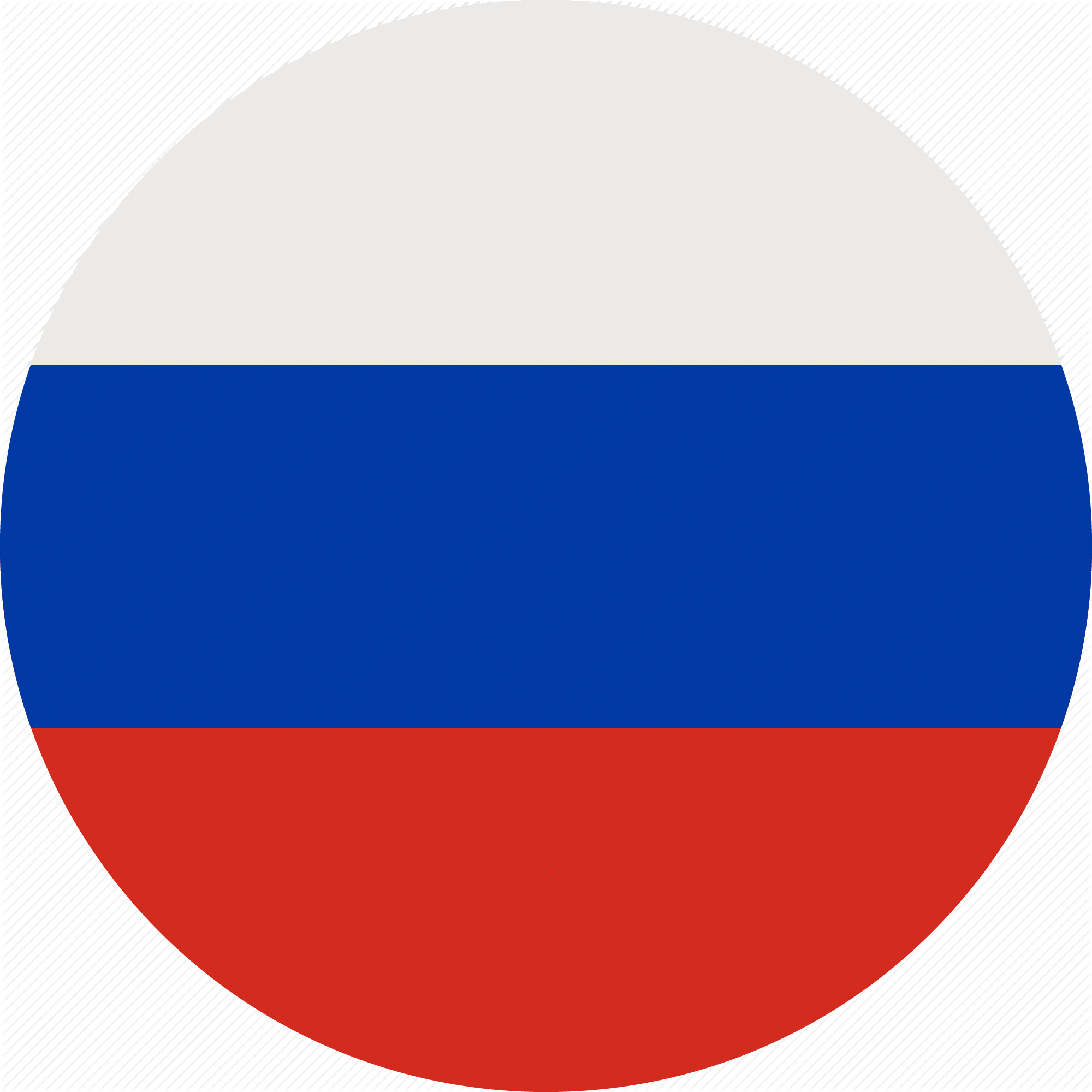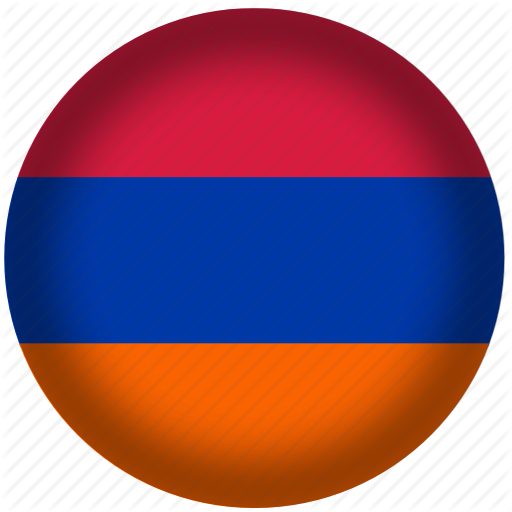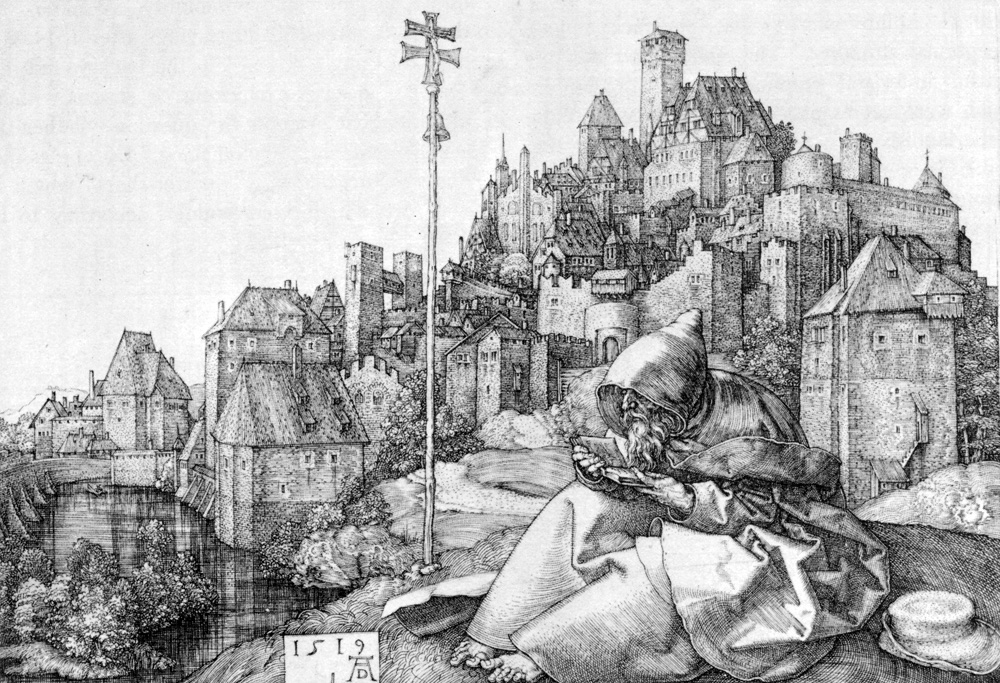Königsberg city as a factor in the development of Kant-philosopher
DOI: https://doi.org/10.34680/urbis-2023-3(2)-226-233
Tatyana Rumyantseva
Belarusian State University, Minsk, Belarus
[email protected]
ORCID: 0000-0002-8035-4065
ABSTRACT
Using the life and work of the great German thinker Immanuel Kant as an example, an attempt was made to answer the question of what factors significantly influenced the formation of his philosophical views and, more broadly, the development of Kant’s image as a philosopher. This is not about the influence of the philosophical or natural-scientific premises of his work, which are sufficiently widely covered in literature. First of all, a special cultural image of the city of Königsberg itself is analyzed – its cultural and historical landscape with all the configurations inherent in urban space, architecture, art, etc. In this context, urban space refers not only, and perhaps not so much, to visual components, but rather to the ‘spirit’ and /or idea of the city itself as a place where attitudes are formed that shape a certain type of people. These attitudes lead to the formation and recognition of a unique identity and, as a result, adherence to the values, goals, and social practices conveyed by this identity. Thus, the role and significance of the Königsberg phenomenon as a factor in shaping Kant’s image as a philosopher is revealed. Drawing on historical facts and testimonies, the author of the article reconstructs the spirit of old Königsberg and shows how Kant, largely influenced by the prevailing attitudes in the city, would eventually become a spiritual and moral standard for the people of Königsberg to emulate. The moral autonomy of the individual, human dignity, and the intrinsic value of morality advocated by Kant would long become ingrained in the flesh and blood of his fellow citizens. The article demonstrates that even today, the sociocultural landscape of Kaliningrad – Kant’s second homeland – still largely shapes the city’s cultural environment and image, primarily through Kant’s image as a philosopher. This image serves as a symbol of the city, which is more open compared to many other Russian cities, tolerant of diversity, and committed to embracing the new.
KEYWORDS: I. Kant, Königsberg, cultural and historical landscape of the city, urban space, spirit and idea of Königsberg, image of Kant the philosopher.
References
Gulyga, A. V. (1977). Kant. Molodaya gvardiya. (In Russian).
Kant, I. (1966). Anthropology from a pragmatic perspective. In I. Kant, Writings in 6 Vol umes. Vol. 6. (рp. 349–589). Mysl'. (In Russian).
Kant, I. (1966). An answer to the question: “What is enlightenment?” In I. Kant, Writings in 6 Volumes. Vol. 6. (pp. 25–37). Mysl'. (In Russian).
Kant, I. (1966). Dispute of faculties. In I. Kant, Writings in 6 Volumes. Vol. 6. (рp. 311–349). Mysl'. (In Russian).
Karamzin, N. M. (1966). Writings in 2 Volumes. Vol. 1. Sovetskii pisatel'. (In Russian).
Kassirer, E. (1977). The life and teachings of Kant. Universitetskaja kniga. (In Russian).Mamardashvili, M. K. (1992). Kantian variations. Quintessence: Philosophical Almanac. (рp. 120–158). Politizdat. (In Russian).
Pirenn, A. (1941). Medieval towns and the revival of commerce. Gor'kovskii pedagogicheskii institut. (In Russian).
Horst, G. (2015). Hannah Arendt and Königsberg. In A. N. Salikov & I. O. Dementiev (Eds.), The Modern Meaning of Hannah Arendt’s Ideas: Materials from an International Conference. Izd-vo BFU im. I. Kanta. (In Russian).
Yakshina, D. V. (2010). Walks in Königsberg. Zhivem. (In Russian).
Information about the author
Tatyana G. Rumyantseva
Dr. Sci. (Philosophy), Professor
Professor of the Philosophy of Culture Department
Belarusian State University
4, Independence Avenue, Minsk, 220030, Belarus
ORCID: 0000-0002-8035-4065
e-mail: [email protected]
For citation:
Rumyantseva, T. G. (2023). Königsberg city as a factor in the development of Kant-philosopher. Urbis et Orbis. Microhistory and Semiotics of the City, 3(2), 226–233. https://doi.org/10.34680/urbis-2023-3(2)-226-233






